How To Grow Herbs: A Step by Step Guide
Fresh herbs have the power to elevate any dish, adding vibrant flavors and aromatic essences. Whether you're an experienced gardener or just starting out, cultivating your own herb garden can be a rewarding and fulfilling endeavor. Growing herbs at home not only provides you with a steady supply of organic ingredients but also connects you to the natural world. In this comprehensive guide, we'll take you through the step-by-step process of growing herbs, from selecting the right herbs to nurturing them into flourishing plants.
Choosing the Right Herbs
Before you start your herb garden, it's important to choose the right herbs that align with your preferences and gardening space.
When selecting herbs, consider:
1. Usage: Decide which herbs you use most frequently in your cooking. Common choices include basil, mint, rosemary, thyme, parsley, and cilantro.
2. Climate: Research whether the herbs you want to grow are suitable for your climate zone. Some herbs thrive in warmer temperatures, while others are more cold-resistant.
3. Space: Assess your available space – whether it's a windowsill, balcony, or a backyard garden. Choose herbs that fit the space you have.
4. Sunlight: Different herbs have varying sunlight requirements. Some need full sun exposure, while others can tolerate partial shade.
Gathering Supplies
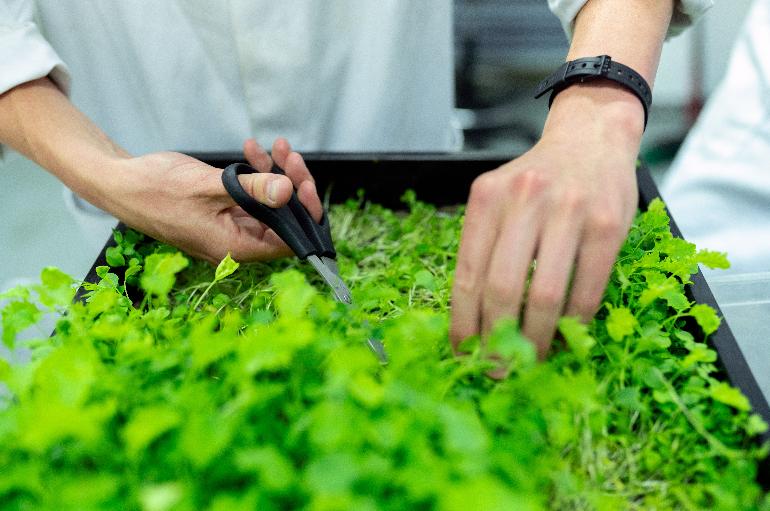
Before you begin planting, gather the necessary supplies to ensure a successful herb garden.
Essential supplies include:
1. Containers or Pots: Choose well-draining pots with adequate drainage holes. This prevents waterlogging and root rot.
2. Soil: Opt for a high-quality potting mix that provides good drainage and aeration.
3. Seeds or Seedlings: Decide whether you want to start from seeds or purchase seedlings from a nursery. Seedlings offer a head start, while growing from seeds provides a more hands-on experience.
4. Watering Tools: Have a watering can or hose with a gentle spray nozzle for accurate and gentle watering.
5. Fertilizer: Select a balanced, water-soluble fertilizer to provide essential nutrients.
Planting Process
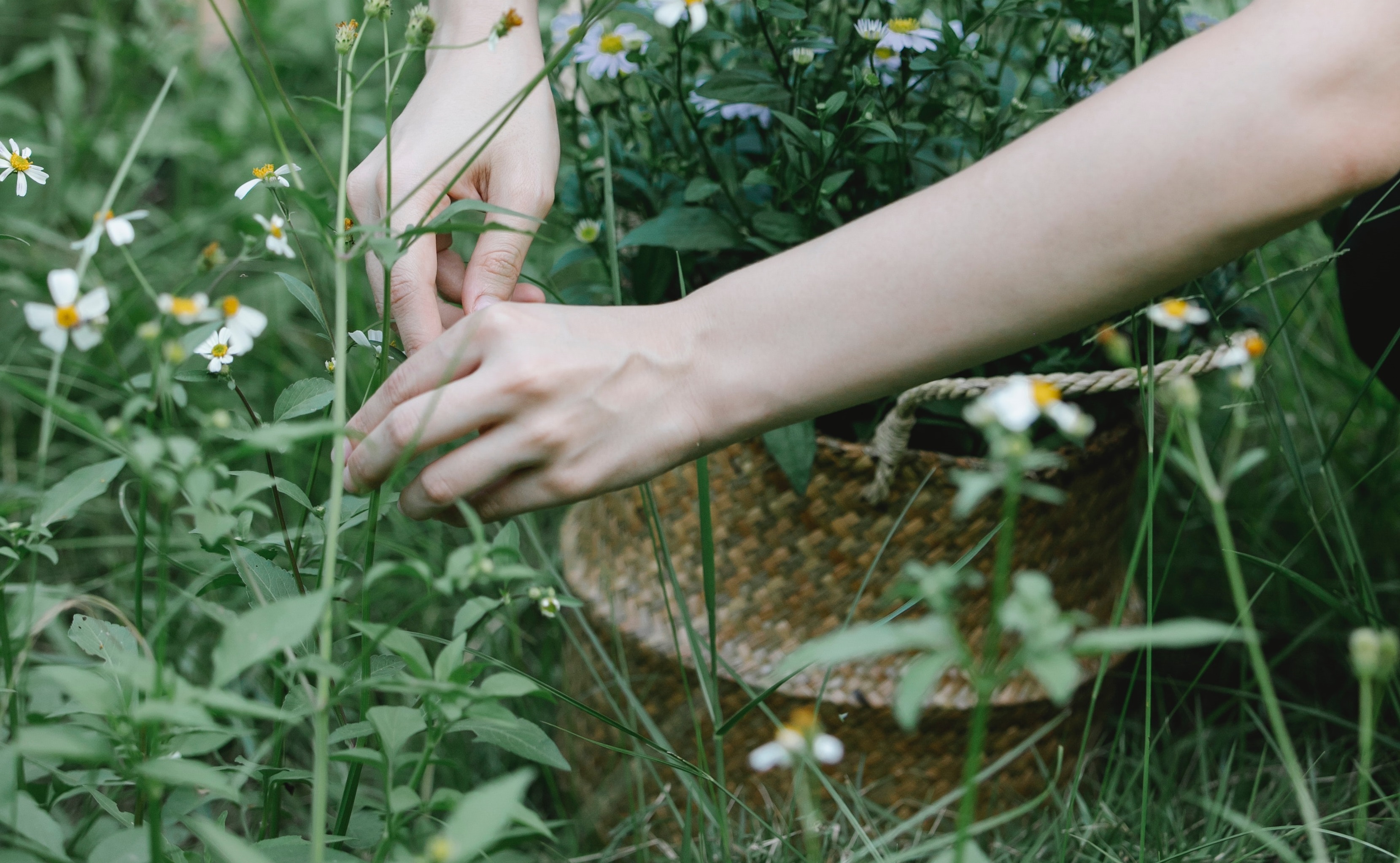
Now that you have your supplies, it's time to start planting your herbs.
1. Preparing the Soil: Fill your pots with the chosen potting mix, leaving about an inch below the rim.
2. Sowing Seeds: If you're starting from seeds, follow the seed packet instructions for sowing depth and spacing. Cover the seeds with a thin layer of soil.
3. Transplanting Seedlings: Gently remove seedlings from their nursery containers and transplant them into your pots. Make a hole in the soil, place the seedling, and fill in with soil. Water gently.
4. Labeling: To keep track of your herbs, use labels or markers to identify each pot.
Caring for Your Herb Garden
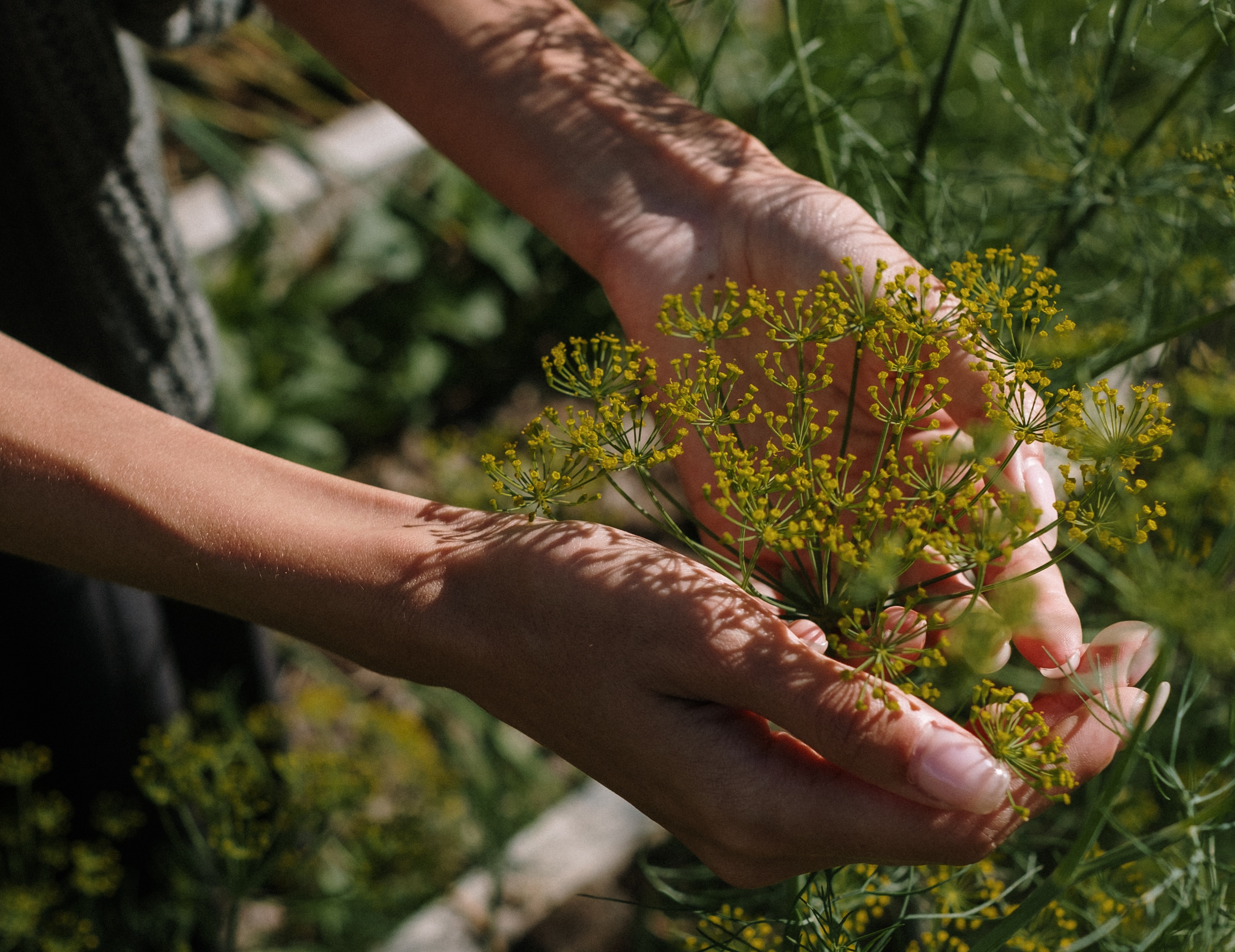
Proper care is essential for the growth and vitality of your herbs.
1. Watering: Herbs prefer consistent moisture, but they don't like to sit in waterlogged soil. Water when the top inch of soil feels dry to the touch. Adjust the frequency based on the weather conditions.
2. Sunlight: Most herbs thrive in sunlight. Place your pots in a location that receives the recommended amount of sunlight for the specific herbs you're growing.
3. Pruning and Harvesting: Regularly prune your herbs to encourage bushy growth. When harvesting, remove leaves and stems from the top, allowing the plant to continue growing.
4. Fertilizing: Feed your herbs with a diluted, balanced fertilizer every 4-6 weeks during the growing season. Avoid over-fertilization, as it can lead to excessive foliage growth with weaker flavors.
5. Pest and Disease Management: Keep an eye out for pests like aphids and diseases like powdery mildew. If you spot any issues, address them promptly with natural remedies or insecticidal soap.
Common Herbs and Their Care
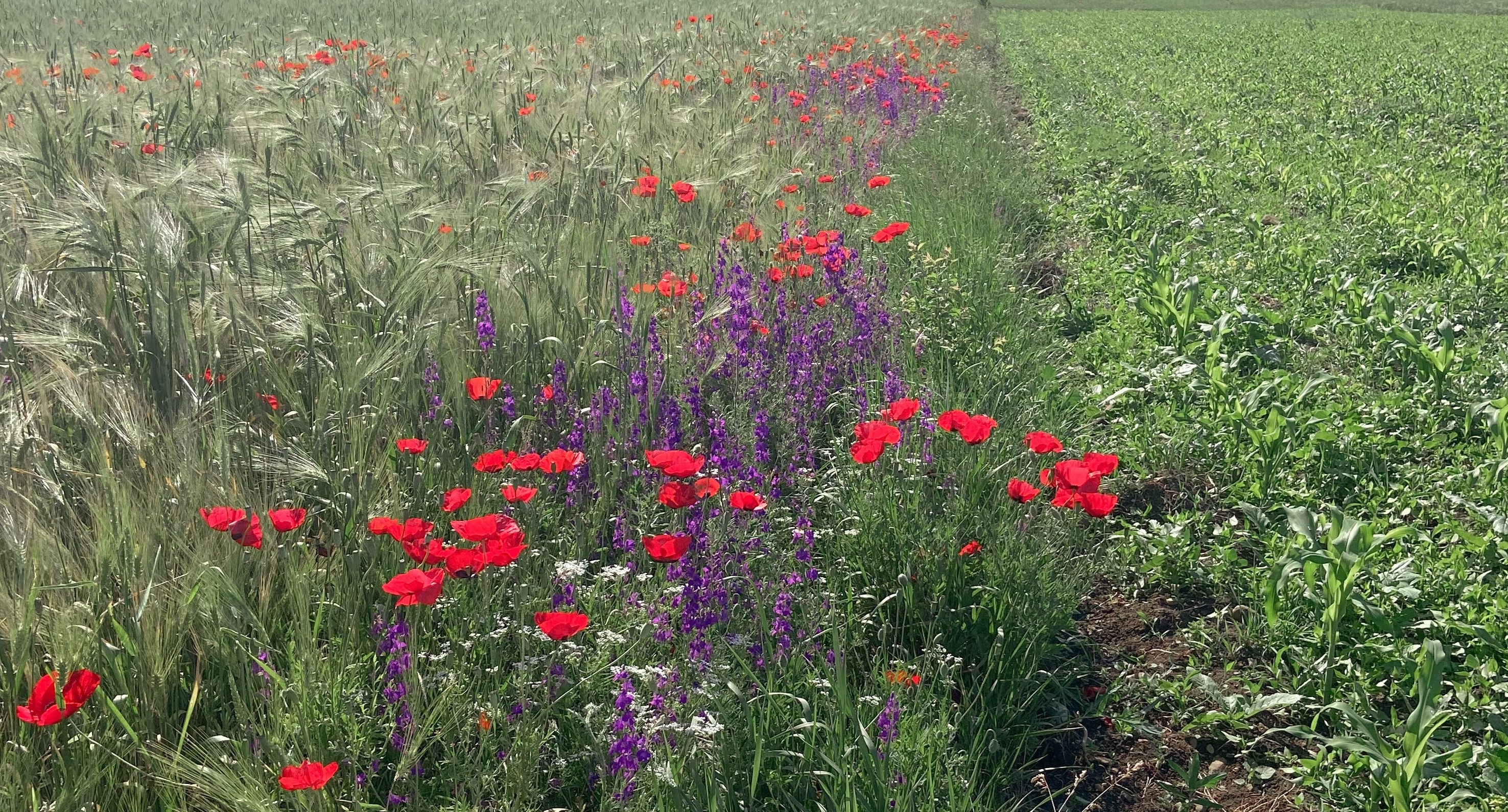
Different herbs have unique requirements for growth and care.
Basil: Prized for its aroma, basil loves sunlight and warmth. Keep the soil consistently moist and pinch off the flowers to encourage leaf growth.
Mint: Mint spreads quickly, so it's best grown in a separate container. It thrives in partial shade and moist soil.
Rosemary: This woody herb prefers full sunlight and well-drained soil. Water sparingly and let the soil dry between waterings.
Thyme: Thyme is drought-tolerant and prefers full sun. Allow the soil to dry between watering and trim the plant after flowering.
Parsley: Parsley enjoys partial shade and moist soil. Regular harvesting promotes leafy growth.
Cilantro (Coriander): Cilantro prefers cooler temperatures and partial shade. Keep the soil consistently moist.
Conclusion
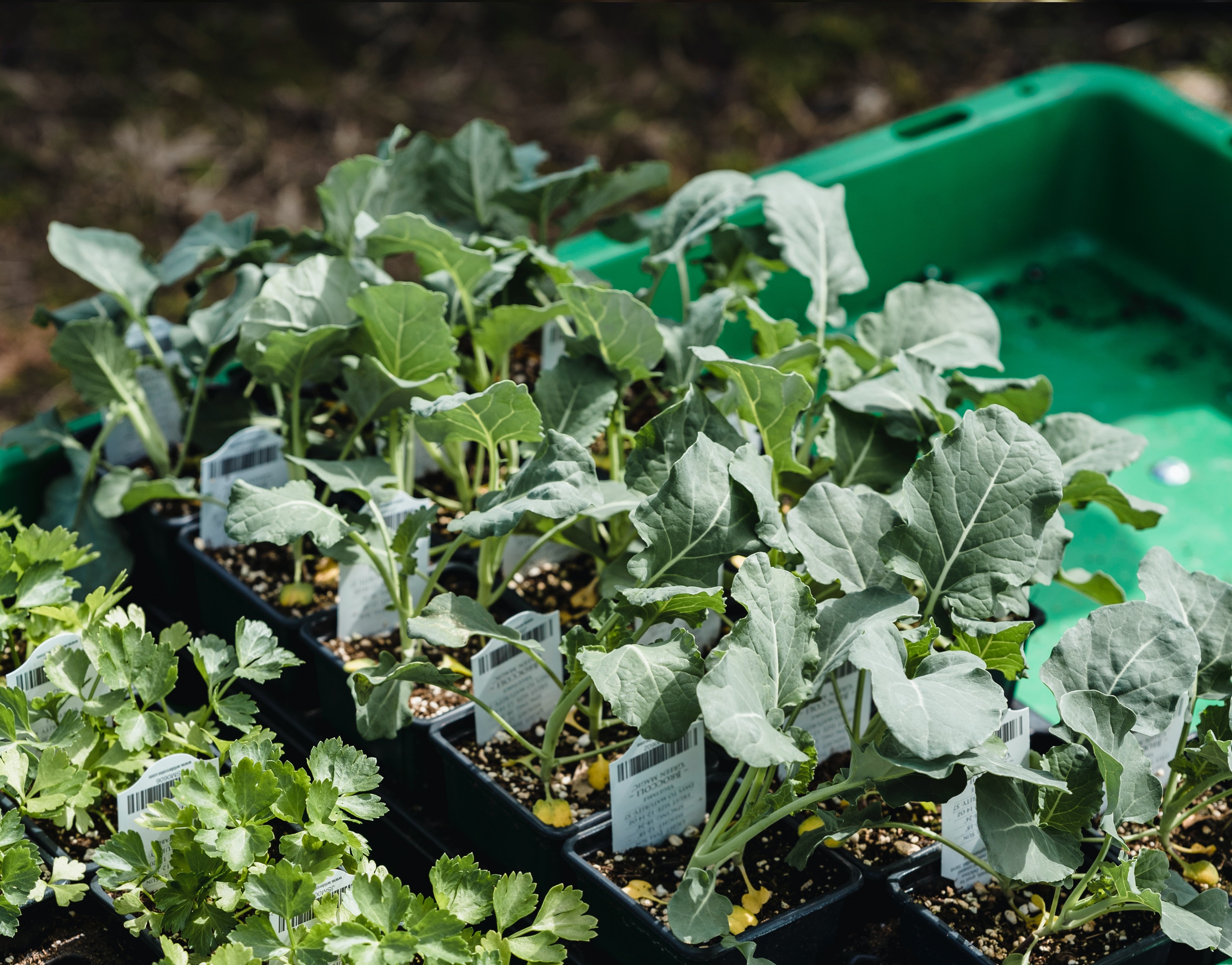
Growing herbs is a delightful and accessible way to connect with nature while enhancing your culinary experiences. By following this step-by-step guide, you'll be well-equipped to start and maintain a thriving herb garden. Remember, each herb has its unique characteristics and needs, so observe, learn, and adapt as you nurture your plants. With patience and care, you'll soon be enjoying the rich flavors and aromas of freshly harvested herbs in your home-cooked meals. Happy gardening!




Submit your email and confirm subscription to receive the download link, along with more e-books and helpful tips.
Don't worry, you can unsubscribe at any time
We Value Your Privacy And Your Information Is Never Shared
This site is not a part of the Facebook website or Facebook Inc. Additionally, this site is NOT endorsed by Facebook in any way. FACEBOOK is a trademark of FACEBOOK, Inc.
